Agricultural cluster. Cluster agricultural project.
What is a cluster? This is the unification of several homogeneous or interconnected elements into a single organizational and production structure, which is considered as an independent unit with the necessary properties for successful work. This means that production facilities, individual manufacturers, service providers, infrastructure components, logistics, marketing, and management are combined into a single system and structure. Modern agricultural technologies and innovative equipment are the main tools for achieving optimal results of agribusiness and ensuring maximum profitability of the economy. These are the main components when creating an agro cluster.
The organizational structure
Agrokluster is an enterprise located on a single land plot or a union of several sites located nearby. Agricultural cooperatives have existed for over a hundred years and have proven to be the most efficient way of agricultural production throughout the world, but nevertheless, technological progress is moving forward at a very fast pace and the creation of clusters as the next stage of development is a real need to develop at a faster rate. agriculture. There are two types of clusters: cooperative and corporate. The corporate option is usually more attractive to investors at the first stage, but in the process of work, this structure faces a number of problems, which include labor supply difficulties, low productivity, and quality of labor, which leads to lower production volumes and poor product quality. Cooperative cluster This is the best option. The agricultural cooperative is the most successful form of the organization of agricultural production. Cooperation, is a voluntary association of independent producers, private farmers in a single organizational structure, the purpose of which is to optimally reduce costs and maximize profits. Agrocluster allows you to optimize the work of the cooperative and with its help, the participants get the maximum benefit. Each member of the cooperative, as a private farmer, is interested in maximizing the efficiency of their farm, which is part of the cooperative cluster.
The main requirements for creating a new cluster.
- Specialization.
- Determines what types of products are manufactured.
- Provision of infrastructure. (Land, water, energy, roads, communications.)
- Selection of project participants.
- Development of the cluster concept and its design.
- Selection of technologies and equipment.
- Working with a professional partner who provides technical and agrotechnical support for the project on a long-term basis.
Determination of specialization. This is a very important aspect of a successful project. The most promising areas for new clusters are the production of vegetables, berries, and green crops. It is possible to create cluster projects for animal husbandry. After the selection of land plots for the cluster, it is necessary to start designing. The infrastructure project determines the parameters and volumes of the necessary infrastructure that will ensure the operation of all components and elements of the project, including water supply, energy supply, roads, and other components. An important stage of work is the choice of project participants who will continue to work on it. Together with the project participants, the production concept, composition, and dimensions of the Agrocluster are developed. Based on the agreed and approved concept, the design and construction of the cluster are carried out. The project includes a full range of facilities, necessary equipment, and production technologies.
Examples of agro clusters of the City mini-cluster.
Purpose: the supply of the local market and elite restaurants, high-quality, environmentally friendly products of a wide range. Selection of land.
A plot of land was selected and defined on the outskirts of the city.
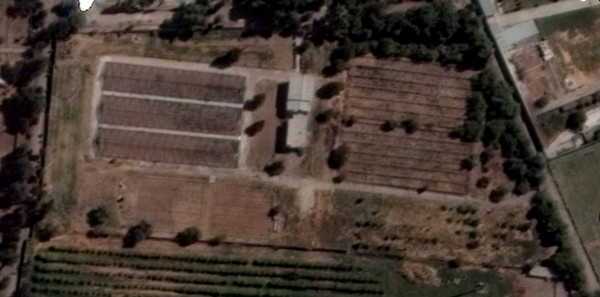
Cluster project.

The project includes the following objects:
⇒ Greenhouses for growing seedlings. 2 pcs.
⇒ Greenhouses for growing vegetables using hydroponics, 15 pcs.
⇒ Greenhouses for growing grapes using hydroponics, 4 pcs.
⇒ Greenhouses for growing figs using hydroponics, 4 pcs.
⇒ Greenhouses for growing green crops using hydroponics, 4 pcs.
⇒ Greenhouse for the cultivation of strawberries using low-volume hydroponics, 2 pcs.
⇒ Hydroponics greenhouses for growing flowers, 3 pcs.
⇒ Premises for sorting, packaging, cooling, and short-term pre-sale storage of products.
The basic design of TEDEN500 greenhouses equipped with specialized equipment for each crop. Seedlings greenhouses that produce seedlings for the needs of the cluster, as well as they, are used to grow interesting and profitable plants, such as exotic spicy crops, medicinal plants, potted flowers, ornamental plants, planting material, as well as new popular products that receive rapid development, this is the so-called "microgreen", that is, seedlings or seeds and micro plants.
These greenhouses are equipped with a full set of technological equipment.
The key element of the design is warm tables.
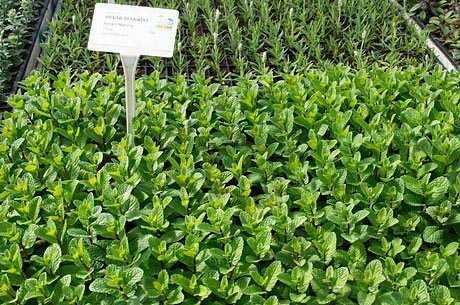
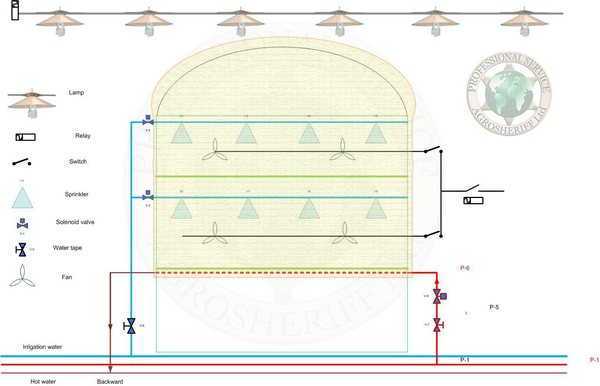
Vegetable greenhouses

Grapes in the greenhouse
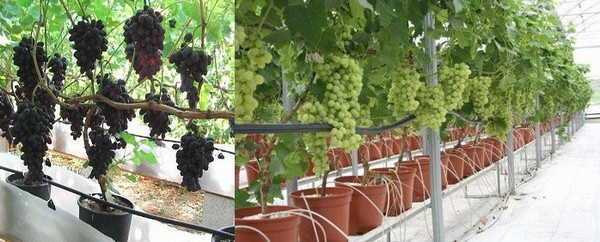
Green
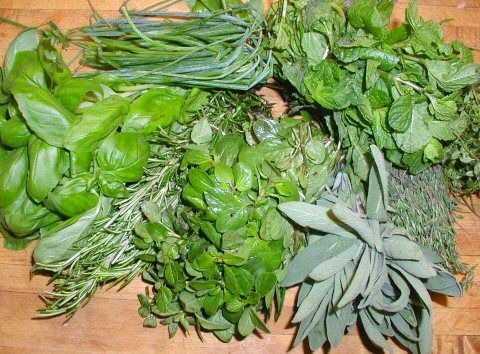
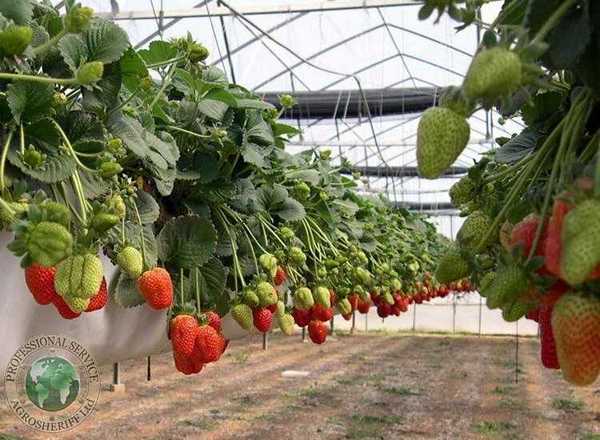
Flowers

Urban farming.
This is an example of a small cooperative urban cluster. Participants - residents of the city on a shared cooperative basis. An important feature is the provision of own families with fresh, high-quality, environmentally friendly products, vegetables, greens, berries, and grapes. The range of products may vary depending on the needs of the project participants and market demand. We describe our concept in more detail in a separate article.
Agrocluster Kuvasay. Ferghana, Uzbekistan.